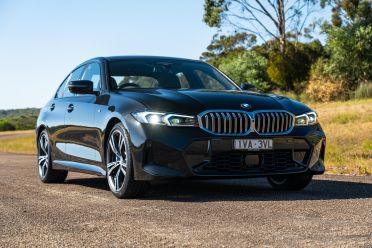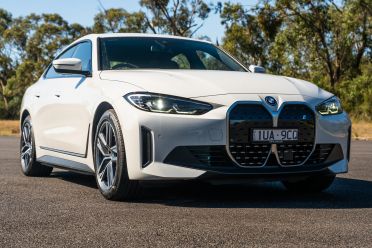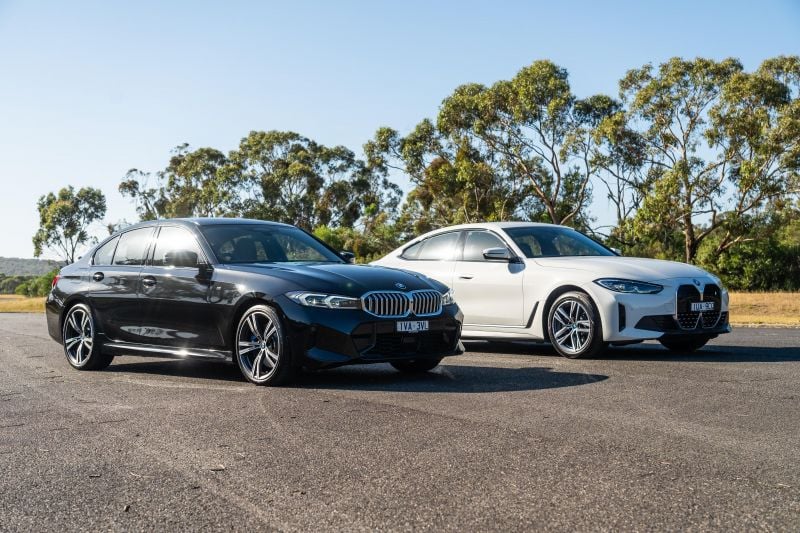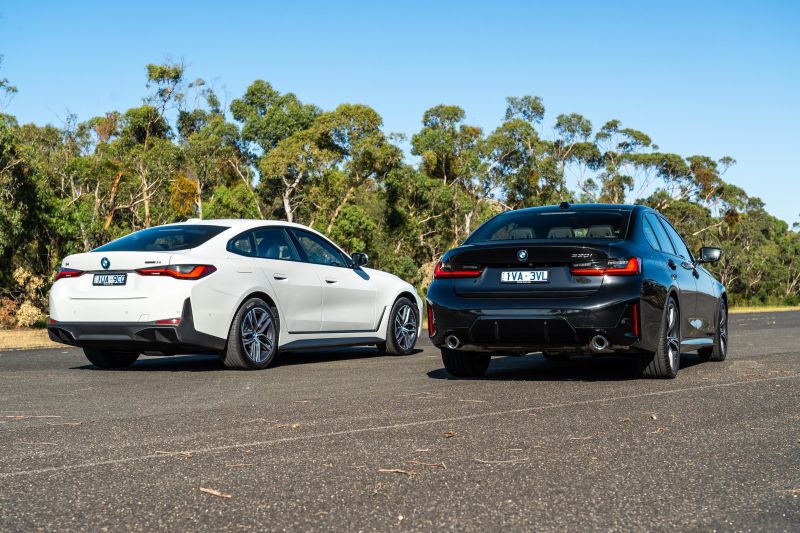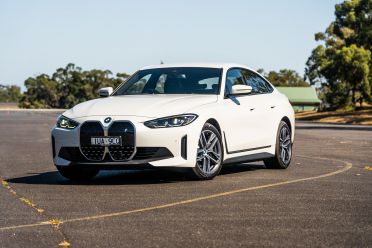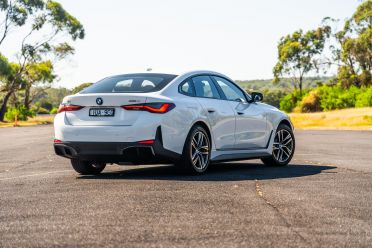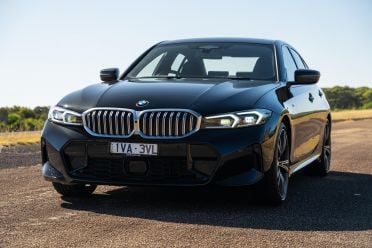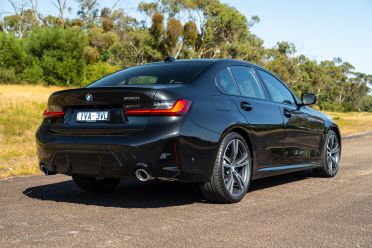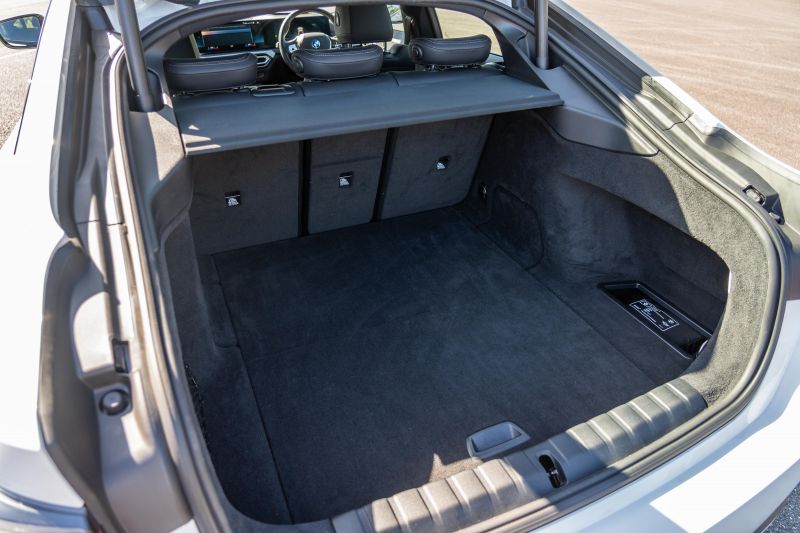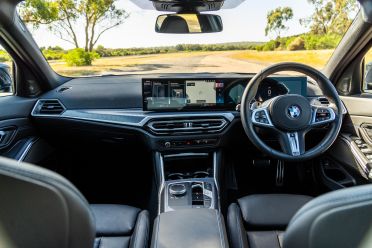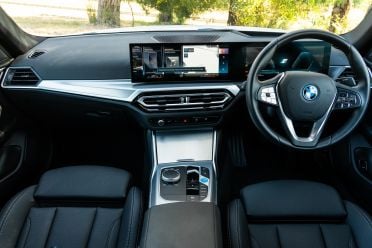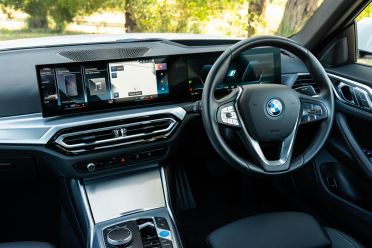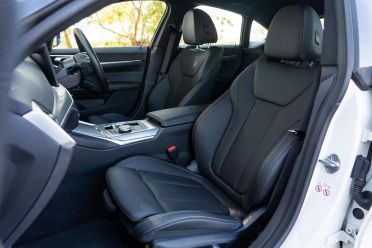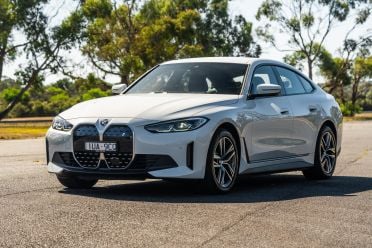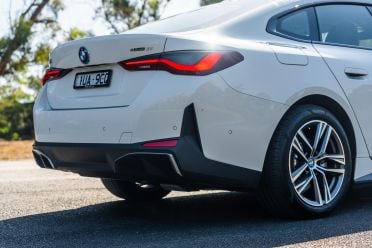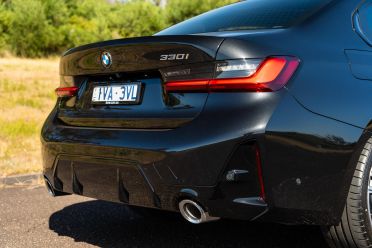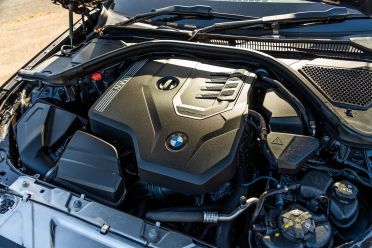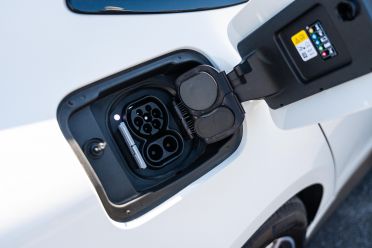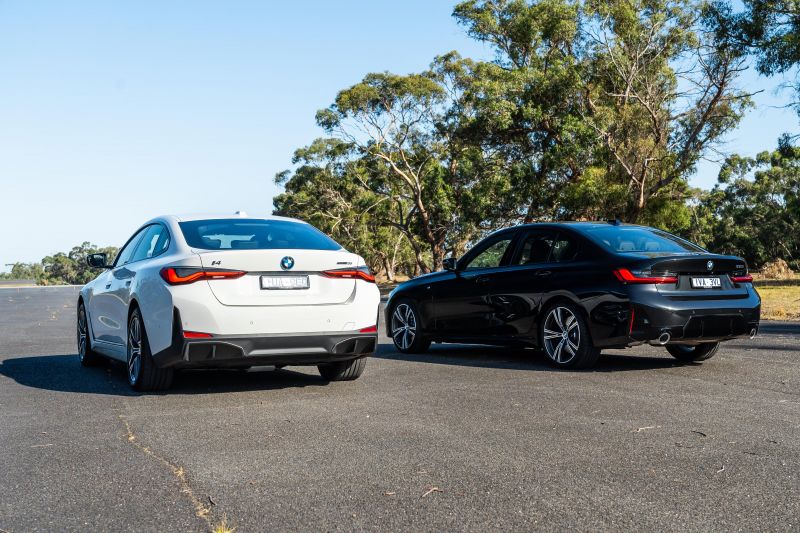SPONSORED CONTENT
Electric cars are here to stay, at least for the next couple of decades or so until the next big thing in mobility comes along.
But the burning question on every buyer’s mind now is, do I go with electric or stick with the tried and tested combustion car?
There are pros and cons for both, but if you live and work in any one of Australia’s capital cities or bustling regional hotspots, it starts to look very good for the battery electric vehicle – BMW offers some of the most tempting models in the business.
That’s significant when you consider BMW builds aspirational icons like the M3 Competition alongside electric knockouts like the game-changing i4 M50, and incomparable i7 luxury sedan.
The i4 and i7 are both powered solely by electricity, and somehow manage to deliver more performance, feedback, and wow factor than their ICE counterparts.
Nevertheless, the 3 Series remains BMW’s most iconic bloodline.
The classically rear-wheel drive 330i M Sport Sedan is one of the sweet spots in the range, boasting confident performance and handling as well as solid bang-for-buck when you factor in the tasty M Sport kit and generous level of standard equipment on board.
Eventually BMW will build a ground-up, fully electric 3 Series on the next-generation Neue Klasse platform due in the next 18-24 months.
For now though, it’s the i4 that feels like an equivalent. It also costs less, with more practicality thanks to its Gran Coupe body.
On the styling front, these two BMW models offer two very different executions; both aesthetically satisfying to me but for entirely different reasons.
Whereas the 330i represents that classic low-profile BMW kidney grille look which has been the hallmark of the brand for so long, it’s the i4 eDrive35 that gets all the attention.
As handsome as the 330i is, I almost find it outdated sitting next to the i4, which looks far more sleek and futuristic.
I like the fact it practically mirrors the bold look of latest M3, but with those subtle grey accents lining the huge kidney grille, door sills (signifying the battery position on the floor), and rear diffuser suggesting its BEV status.
It’s all so totally contemporary and befitting of a new-world BMW.
For those buyers looking for a pain-free approach to the transition from combustion-engine cars to fully-electric vehicles without spending a fortune, it’s the i4 eDrive35 that makes this process almost seamless.
You’ve no doubt heard the proverb, ‘you can’t have your cake and eat it too’. I’d contest you can with the BMW i4 eDrive35, and then some.
I treasure BMW icons like the first 3.0 CSL Batmobile, E30 M3, E46 M3 CSL, and almost any M5 – from the first E28 up to the benchmark M5 CS, most of which I’ve been lucky enough to have driven.
By the same token I’ve also been smitten by BMW’s groundbreaking electric offerings from as far back as 2013 when it launched the i3, with its innovative lightweight carbon-fibre shell and clean-sheet design.
It followed up with the i8 plug-in hybrid supercar in 2014, which boasted butterfly doors, staggering performance from its 1.5L turbocharged three-cylinder petrol engine and 7.1kWh lithium-ion battery, as well as mind-blowing official fuel efficiency of just 2.1L/100km.
New fully electric BMWs began to hit the market three years ago with the iX3 and iX, and the i4.
The i4 line-up initially launched with two variants: the rear-drive eDrive40 and dual-motor M50.
I spent weeks at the wheel of the M50 and it left a lasting impression with its storming acceleration but just as crucially, a ride and handling balance I was simply not expecting from an EV.
It’s the deft chassis that will have you waxing lyrical. The exceptional agility and sharp turn-in that will whet your appetite for an early Sunday morning drive on less-travelled roads.
Tipping the scales at around two tonnes, you can’t quite believe that figure when you first turn in. It feels effortless aboard and even more satisfying from the driver’s seat.
There’s also the practicality advantage of the Gran Coupé over a traditional sedan body. Even though the 330i pips the i4 by 10 litres of boot space behind the rear seats, it’s the EV with its massive liftback and flat-folding rear seats which makes loading bulky stuff so easy – especially if you need to cart around kit such as mountain bikes or surfboards.
Both cars come loaded with a huge inventory of luxury features and high-tech screens in a cabin design that’s almost identical bar the upholstery choices and M Sport equipment in the 330i, but there’s not a lot in it when you consider the value proposition of the i4.
Crucially, aspects that make that such a potent machine have filtered down the engineering funnel to the i4 eDrive35, which can be had for a fraction of the flagship model’s asking price.
What it also confirms is that that near legendary slogan from BMW – the Ultimate Driving Machine – is also very much infused in the DNA of the brand’s new generation battery electric cars, even at the lower end of the range.
There are significant cost advantages of choosing an EV over ICE at this end of the luxury market that simply cannot be overstated, both from the upfront purchase price and cost of ownership over the car’s entire lifecycle.
The i4 eDrive35 is priced from $85,900 before on-road costs. Drive-away pricing for the base variant using a Victorian post code is estimated at $93,088.
It’s a different proposition for those buyers who go for the 330i M Sport Sedan, which costs $94,700 excluding on-roads. Again, drive-away pricing using a Victorian postcode is estimated at $104,013.
Already, that’s an upfront cost saving of just over $9300 – no small amount for either private or fleet buyers.
The i4 eDrive35 is currently one of six EVs in BMW’s stable priced below the Luxury Car Tax (LCT) threshold of $89,332 for ‘Fuel Efficient Vehicles’ for the 2023-24 financial year.
And depending on where you purchase your i4 eDrive35, you might also be eligible for the waiving of registration and stamp duty as part of targeted measures to increase the uptake of EVs.
It’s something that could potentially save you thousands.
The LCT benefit can trigger further savings in the form of the Fringe Benefit Tax (FBT) exemption for battery electric vehicles. This could result in potentially significant tax savings for employees on novated leases.
Additionally, BMW Finance’s Guaranteed Future Value (GFV) product can reduce some of the stress and risk of EV depreciation.
With BMW Full Circle, you know upfront how much your car will be worth at the end of the finance term. This GFV option gives you flexibility at the end of the finance term, including to hand back the vehicle (subject to wear and tear and kilometre allowances), retain the vehicle (by paying the GFV amount), or trading in the vehicle.
If the trade-in value of your pre-owned BMW is higher than the GFV amount, you can keep the balance or use it as equity against another new BMW.
Where the i4 eDrive35 really pulls ahead of the 330i M Sport is with weekly running costs if it is used as your daily driver.
There’s no need to refuel at a petrol station and pay through the nose for premium fuel ever again.
Charging can be done at home from varying levels of AC charging (up to 11kW) if you have three-phase power, or even at work given the increasing number of electric vehicle chargers in parking stations.
The comparative fuelling costs between charging the i4 eDrive35 and refuelling the 330i M Sport sedan are notable.
Going from 10 per cent battery capacity to 100 per cent in the i4 requires approximately 58kWh of energy.
At a tariff of 50c per kWh the total cost of the charge will be approximately $29, depending on the cost of electricity incurred at individual charging points.
It’s an entirely different set of numbers when it comes to filling up the petrol-powered 330i to the same level.
Again, topping up the fuel tank from 10 to 100 per cent (that’s approximately 53 litres of premium 98 RON petrol) at $1.96 per litre (which is at the cheaper end of the scale) will cost around $103.
But then there’s the range equation which clearly favours the 330i with a claimed range of 550km based on an estimated usage of 9.0L/100km.
On the other hand, the i4 gets between 390-450km of range on a full charge depending on variables such as driving style and the ambient temperature.
It’s a similar story when it comes to servicing the vehicles. Both cars are covered by BMW’s overarching five-year, unlimited-kilometre warranty.
All BMW EVs also come with eight years of roadside assistance, it’s three years of roadside assistance for all other vehicles.
Additionally, the i4’s high-voltage battery is warranted for eight years or 160,000km – whichever comes first.
But whereas the i4 eDrive35 can be had with a six-year Service Inclusive Basic plan priced at $2450 (equating to an average yearly service outlay of $408), the 330i is serviced on a condition-based basis.
The car tells you when it needs maintenance. You can also buy a five-year/80,000km Basic Service Plan for $2225, for a year-by-year average of $445.
In many respects the i4 eDrive35 is a better all-round proposition than the conventional 330i and dare I say, a better driver’s car for those who value deft ride and handling over outright pace off the line. However, it’s also got that ability to punch swiftly from standstill too.
For those mostly city-based buyers, the upfront purchase price of the 330i compared with the significantly less expensive i4 will be a deal breaker on its own. Never mind the tax breaks.
Some won’t be swayed from choosing an icon like the 3 Series – and that’s understandable knowing its capabilities as a sports sedan – but they will pay for the privilege, both in the upfront outlay and ongoing costs.
With a lower cost of entry, less pain on the hip pocket in the long run and a thoroughly rewarding drive with zero local emissions, the BMW i4 eDrive35 deserves to go top of your consideration list.
MORE: Everything BMW 3 Series
MORE: Everything BMW i4

